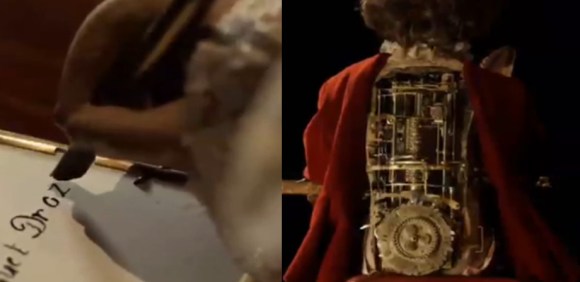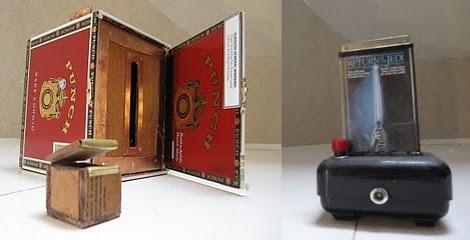
For a moment, suspend your worldview and adopt Descartes’s mechanistic interpretation that living beings are essentially complex machines: a collection of inherently unrelated parts that move and collide. Automata, then, represented the pinnacle of accomplishment in a mechanistic universe, requiring considerable skill to construct. Most of their inventors, such as Pierre Jaquet-Droz, were clockmakers or watchmakers, and automata like the 240-year-old boy writer are packed with moving parts to automate motion.
Jaquet-Droz’s writer is particularly impressive considering all its moving parts—nearly six thousand of them—fit entirely within the boy’s body, and that one can “program” the text that the boy composes. It may sound like a bit of a stretch to claim that these clockwork amusements were precursors to the computer, but they influenced inventors and engineers for centuries.
You’ve likely heard of the other famous automaton: The Turk, (which was actually a hoax, housing an operator inside its base). The Turk, however, managed to inspire Charles Babbage to pursue building a mechanical device capable of performing mathematical functions: the Difference Engine.
Watch some of Jaquet-Droz’s other clockwork masterpieces in a video after the break. Magicians like Robert-Houdin were responsible for building a number of automata, so we recommend you keep the mystical atmosphere flowing by checking out another magician’s performance oddities.












